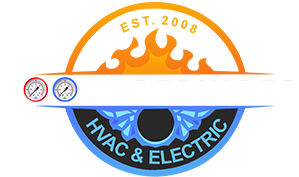DOE Standards Increase Furnace Costs
Today Furnace manufacturers and oil heaters adjust to the new DOE guidelines.
ECM Motors will Increase New Furnace Prices, but Save on Fuel Use and Costs
How the DOE Standards Regulate Furnace Prices

Efficiency Requirements
The DOE sets minimum efficiency standards that automatically limit what technology can be put into furnaces at a price consumers will find reasonable for necessary levels of heat.

Enhanced Technology
DOE-compliant furnaces to contain such elements as variable-speed drives and improved heat exchangers. A common issue arising from these innovations is the escalation of the manufacturing costs.

Long-Term Savings
While furnaces that meet the DOE standards tend to be costly in the first instance, their lower energy consumption translates to lower costs in terms of utility bills.

Higher Production Costs
Companies are now forced to incur the costs of research and development with the aim of making products meet the said standards as this in turn has implications on the prices of manufactured goods.

Incentives and Rebates
Sometimes there is an offer for tax credits or rebates that match the more expensive price tag for energy efficient furnaces that can be made available to homeowners.ECM technology is complementary to the DOE goal of decreasing energy consumption and the negative effects on the environment thus needs greater investments than it currently shows in the short run.

